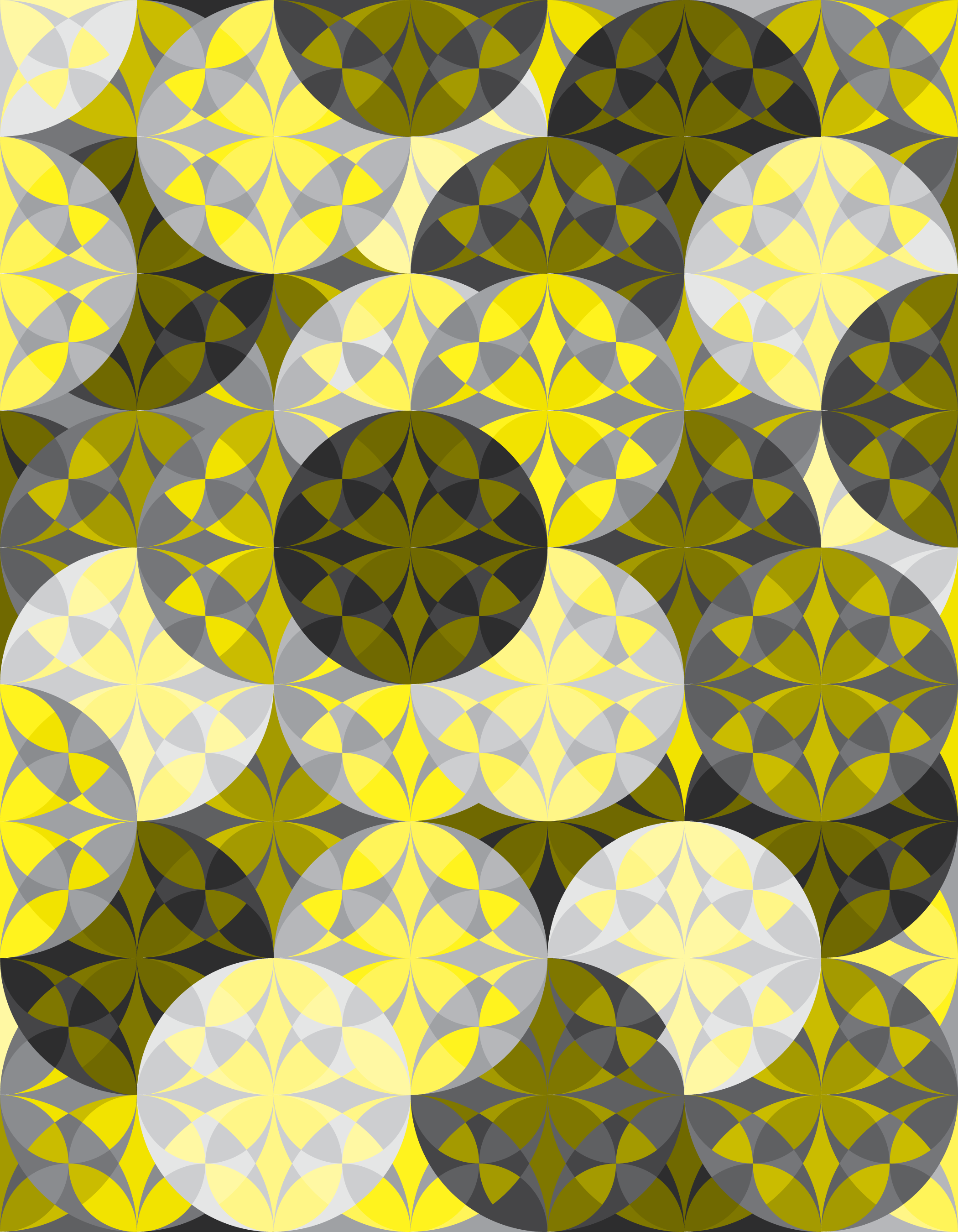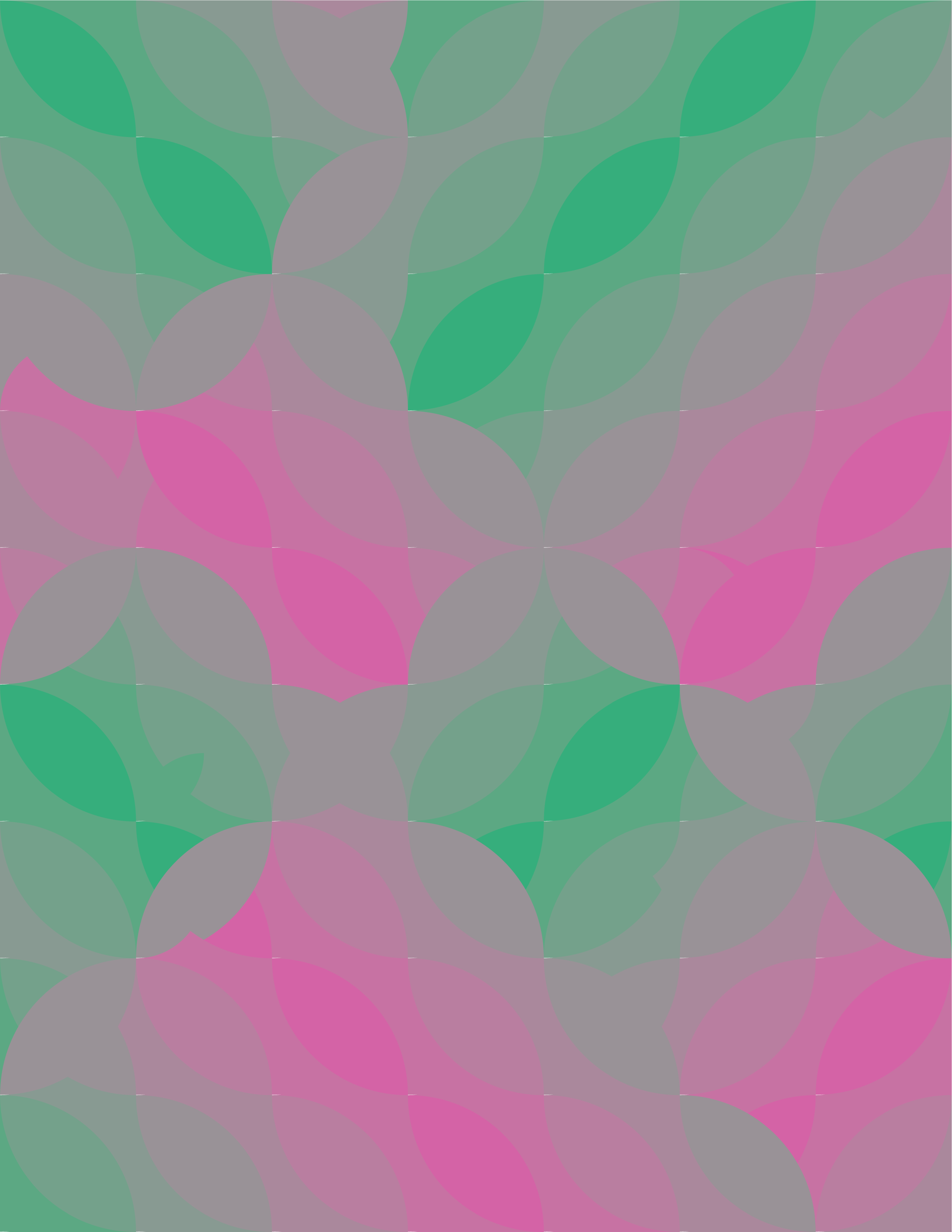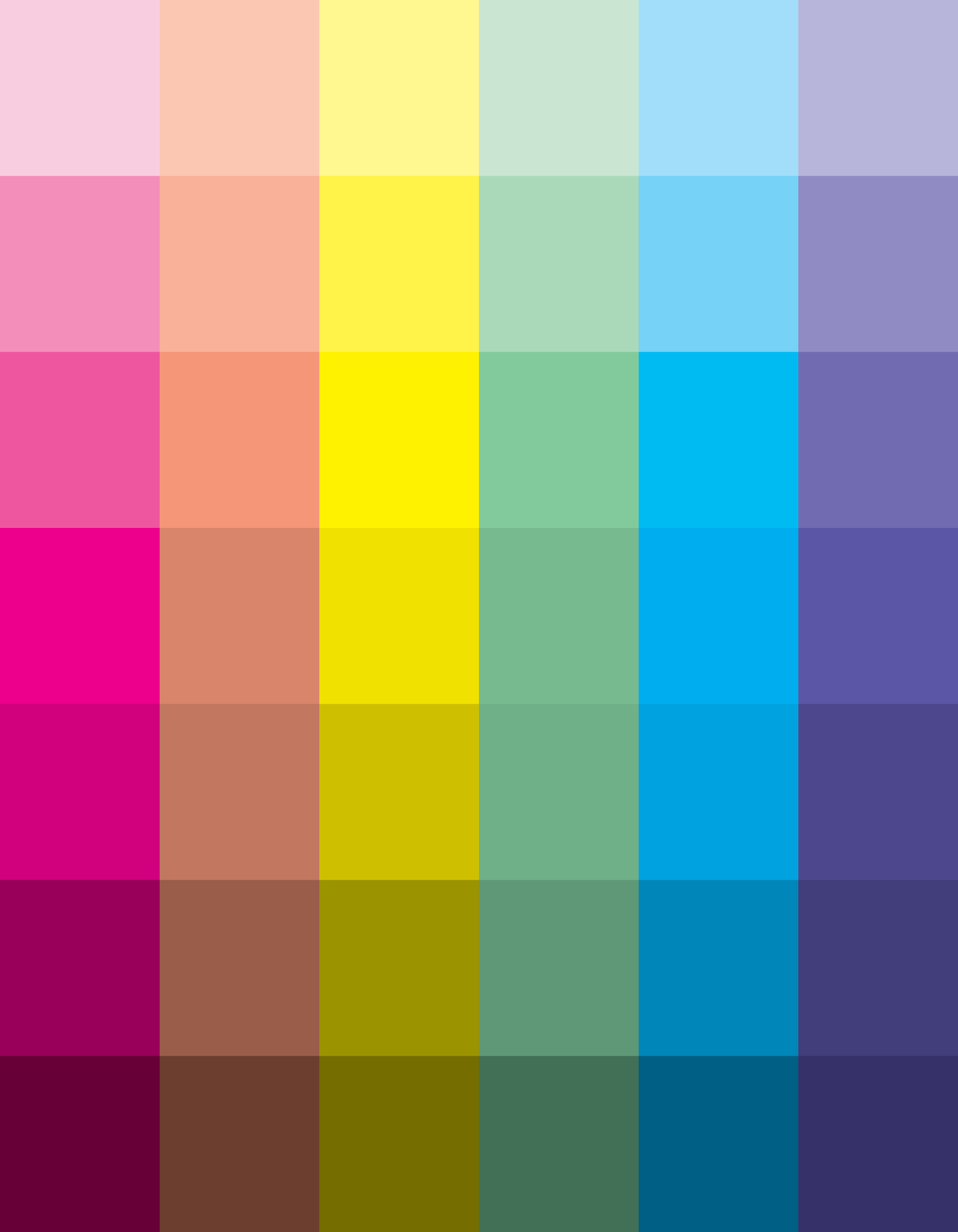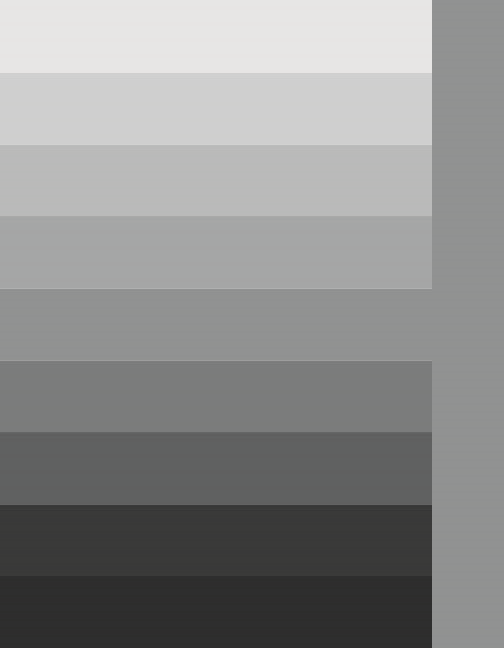The Tie Between the Gestalt Principles of Design. Continuation, Similarity, Proximity, Closure, and Connection.
Geometric Triptych Using Analogous Hues
The description of the final project presented four different color guidelines that the designer had to follow. Those guidelines were to choose three or more analogous hues, an extended chroma bridge, a split complementary scale, or multiple chroma bridge hues. The designer chose three or more analogous hues. The designer used the painter’s hue triangle to pick the three colors, blue, blue-purple, and green-blue, for the assignment. All three of the colors used in the palette have tints, shades, and tones. The original color is modified into a tone in the middle section of the scale to make the colors not as strong as their original by adding a grey. Tints are present in the lighter shades of its original colors with the addition of white, and so are shades making the color darker on the bottom part of the scale with the addition of black.
Using the Principles of Design
All of the gestalt grouping principles are present in the triptych design. The similarity is shown in the forefront square towers by cube shapes descending from the center midpoint of the triptych with a right triangle shape intersecting the cube shapes. Continuation is present in three different situations on this triptych: first is on the left and right sides, where the large cube and large triangular shapes are moving off of the design. Secondly, continuation is shown behind the cube-shaped towers in the forefront; the background seems to be ongoing behind the towers. Thirdly, continuation is shown with the cube towers themselves, the way that they continue to descend from the midpoint. The designer indicates closure with the shapes on the left and right side; the giant cube tower is cut off in the design, and so is the giant triangular tower, but an example of those towers is shown on its opposite side, and it gives the viewers an image of what it would look like if the shape were completed. Proximity is proclaimed in the density of the triangular shapes in the background. Finally, figure-ground ambiguity, the last of the gestalt grouping principles, manifests in the design in the separation between the small triangles in the appearing background and the large shapes on the left and right side of the piece, not knowing if the small triangles stop there if the large cube and triangle towers are overlapping. Dynamic movement is easily exhibited through the many instances of linear gradation, from the cube towers gradating within one color to the small triangular shapes interacting with the other colors to gradate out of view. Overall, this project was created with Adobe Illustrator, and I animated the project with After Effects.








“Your Mastery Depends on Focus, Patience, and Practice. Not on Luck. ”
— Robin Sharma

